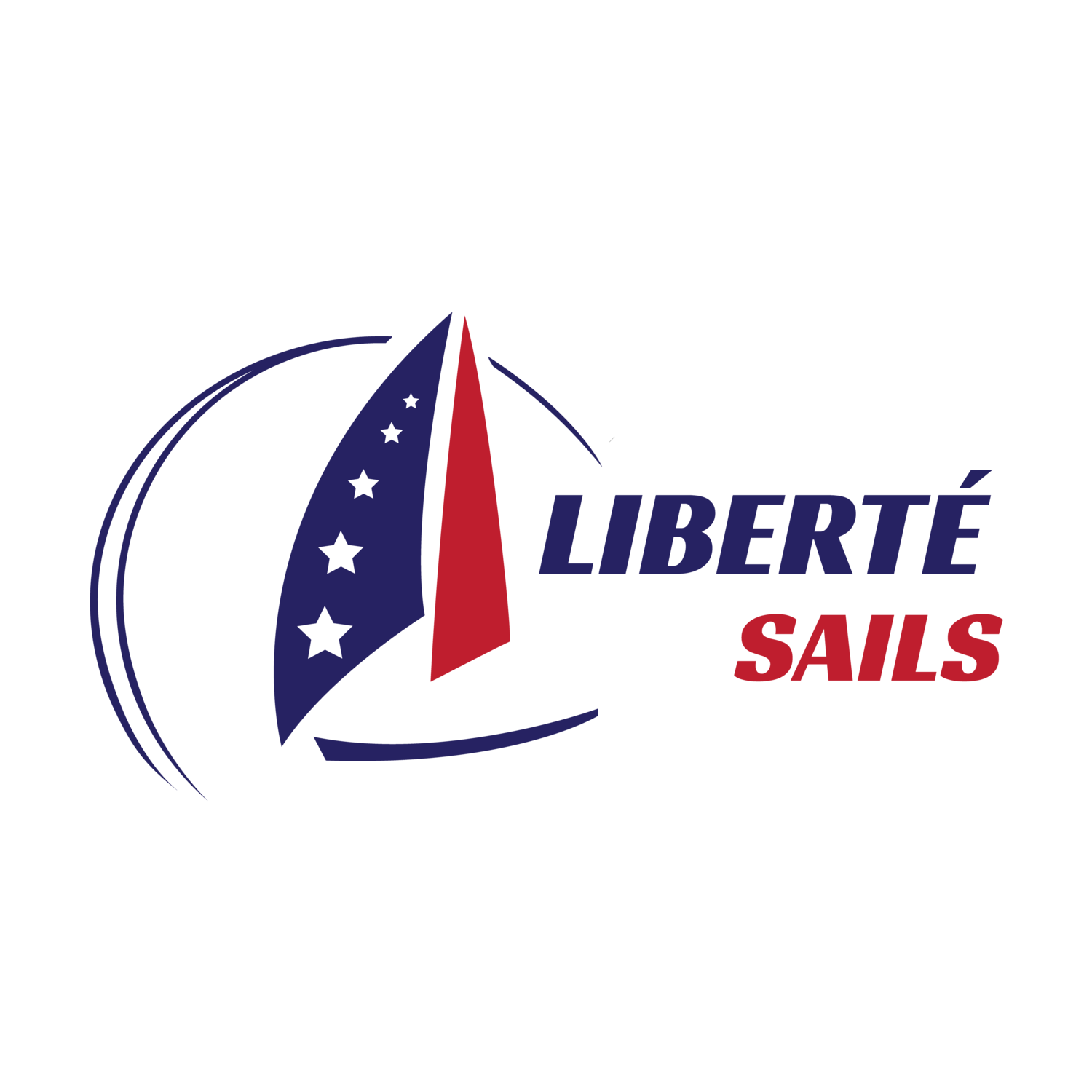Types of Sailboats
Before we have the can experience the fullness of sailing we must first understand some of the basic fundimentals of the sailing vessel.
Small sailing dinghies may be used on inland lakes or to teach the concepts of sailing while bigger bluewater vessels (built for ocean crossing) can be used for the adventures of circumnavigation or cruising ocean gems such as the bahamas or the caribbian. Sailboats in between can be cruised or raced with friends or single-handed (sailed alone) on inland lakes, harbors or the Great Lakes.
Sailboat Hull Types
The basic three hull types include:
- Monohulls (one hull)
- Catamarans (two hulls)
- Trimarans (three hulls)
Monohulls
Monohulls have one hull but that doesn’t make them all the same. Traditional monohulls may have full keels (heavy encapsulated ballast that runs along the bottom of the hull), cutaway keels (similar to full but the forefoot is cutaway allowing the boat greater maneuverability in tight quarters) or bolted on fin keels that may have a bulb at the bottom for extra ballast to keep the vessel stable.
Monohulls can also have a swing keel, daggerboard or centerboard that retracts up into an appendage in the hull itself. With the keel or board up, the boat can enter shallow water and can travel faster downwind. With the keel down, the vessel tracks better upwind.
Small monohulls like sailing dinghies, may also have shallow planing hulls that can surf off a wave. Finally, monohulls can also foil on appendages (usually made of carbon fiber) with the actual hull out of the water when a minimum speed is reached.
Catamarans
Catamarans (often nicknamed "cats") have two hulls with a deck or trampoline in between. Large cats (35 feet and over) have become popular in charter use because they offer more interior and deck space and an easier motion to induce less seasickness. Small catamarans usually have just a trampoline in between the hulls and make fun daysailers.
Because catamarans don’t have deep and heavy keels, they tend to sail faster off the wind. Foiling catamarans were made popular by the America’s Cup races and are proliferating into general cruising use.
Trimarans
Trimarans have three hulls: a main hull and two amas (side hulls used for stability). On some trimarans, the arms that hold the amas can fold inward, making the trimaran narrower and in some cases trailerable. Large cruising trimaranas are gaining popularity because they are stable and fast sailers.
Sailboat Rig Types
Sailboat rigging includes:
- the mast(s);
- boom(s);
- and the shrouds or stays that hold up the mast.
Many people start sailing with a sailing dinghies or a Catboat These boats have a single mast and single sail up forward and will traditionally have a wide beam and centerboard.
A Sloop: is a sailboat with only one mast and one mainsail and headsail (jib).
A cutter rig usually has one mast but two or more headsails. This rig “cuts” the foretriangle between the head (forward) stay and the main mast. Multiple headsails allow for flexible sail combinations in varias wind conditions.
Ketches and yawls have a secondary mast behind the main one. The ketch configuration places that mizzen mast behind the main mast but ahead of the rudderpost while the yawl places it behind the post. The second mast is shorter than the main mast. Both of these designs (split rigs) provide more sail area that isn’t reliant solely on the height of the mainmast and therefore can be easier to manage when sailing shorthanded and in heavier weather.
Schooners also have multiple masts—two or more. However, the foremost mast is shorter than the main mast. Tall ship rigging is in its own category and can get quite complex.
Sailboat Types by Primary Use
Sailing dinghies:** Small boats usually sailed by one or two people, sailing dinghies are often used to teach new sailors.
Day sailers: Although any sailboat can be cruised for a day, day sailers are often boats shorter than 30 feet that are designed to be sailed for an afternoon.
Sailing cruisers: These sailboats can be monohulls or multihulls and are designed to cruise for weekends or longer. They usually have one or more berths (beds), a head (toilet) and a galley (kitchen). They can be sloop, cutter, ketch, yawl or schooner-rigged and vary in length (from 25-85 feet).
Racing sailboats: Most offshore racers are larger boats crewed by multiple individuals while smaller racers can be single or double-handed. Racing boats are usually built lighter, have fin keels and laminate performance sails. (Volvo Ocean Race)
Racer/cruisers: These designs try to straddle the two above. They’re usually more lightly built cruisers with full amenities so they can be weekended. Some people will argue that these boats are a compromise for owners who want to primarily cruise but also race.
Bluewater cruising sailboats: These boats are designed to cross oceans or sail “blue waters.” They’re typically heavier and are fully equipped for extended offshore use.



